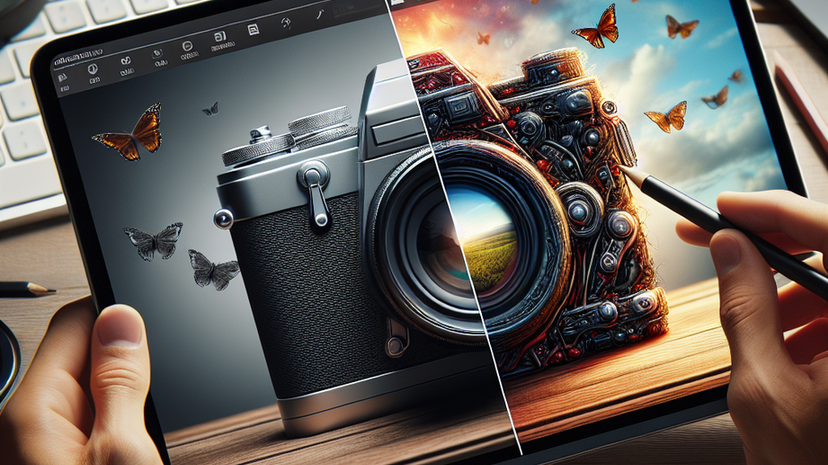In the rapidly changing world of web design, captivating visuals are a powerful tool for grabbing consumer attention and building trust. As consumers rely more on images to make purchasing decisions, web designers face a choice: should they use real photos or AI-generated images? Striking the right balance between professionalism and authenticity is crucial for creating an appealing and trustworthy online presence.
The decision to use real photos or AI-generated images depends on the needs and goals of a website. While AI tools offer practical benefits and improve the user experience, relying solely on AI-generated images can lower quality and professionalism. Therefore, understanding the audience’s expectations and the content’s nature is crucial for making an informed decision.
Google Search Advocate John Mueller stresses the importance of trust and credibility on websites. He says that low-quality content, such as generic stock photos or poorly made AI-generated images, can undermine trust. In a world where authenticity matters, consumers expect real images that accurately represent the products or services offered. Authentic photos play a vital role in showcasing products, providing an experience that resonates with potential buyers.
However, AI technology has blurred the line between real photos and AI-generated images. AI can now produce high-quality, realistic images that look just like professionally taken photos. This blurring of boundaries allows web designers to use AI-generated images to enhance their websites’ aesthetics.
Finding the right balance between authenticity and professionalism is crucial for engaging users effectively. While consumers value real images in certain contexts, some topics rely more on visual search, and real images may not be readily available. In such cases, stock photos and AI-generated images can provide visually appealing content that meets user expectations.
It’s important to recognize that creating high-quality photos takes time and expertise. Professional photographers have the skills to capture a product or service’s essence, delivering an authentic representation that resonates with consumers. On the other hand, AI-generated images offer convenience and speed but may lack the nuanced touch of human creativity.
Authenticity also impacts user experience and search engine optimization (SEO). Authentic visual content enhances the user experience and improves search rankings. Search engines prioritize websites that provide valuable, relevant, and authentic content, including images. By incorporating real images, websites can boost their SEO, attracting more organic traffic and potential customers.
Understanding the audience’s expectations and the content’s nature is crucial for web designers. Users are more likely to visually search for topics where real images matter, such as fashion, food, or travel. By providing authentic photos in these domains, websites can establish credibility and earn the trust of their target audience.
In contrast, industries that rely on technical diagrams or illustrations, like engineering or software development, may find AI-generated images effective. These industries often need precise visual representations to convey complex concepts, which AI tools can generate easily.
In conclusion, finding the right balance between authenticity and professionalism is crucial in web design. While AI-generated images offer convenience and benefits, it’s essential not to rely solely on them and prioritize trust and credibility. Understanding the audience’s expectations, the content’s nature, and the website’s goals are key factors in deciding whether to use real photos or AI-generated images. By providing authentic visual content where it matters most and using AI-generated images appropriately, web designers can create an appealing and trustworthy online presence that resonates with their target audience.











